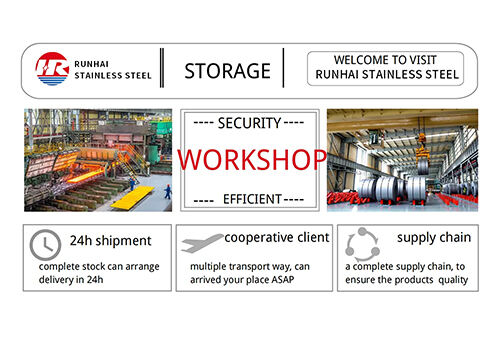What is the difference between galvanized sheet and stainless steel?
Galvanized steel sheets are coated with a layer of metallic zinc on the surface to prevent corrosion on the surface of the steel sheets and extend their service life. This zinc-coated thin steel sheet is called a galvanized sheet.
Galvanized sheet and strip products are mainly used in construction, light industry, automobile, agriculture, animal husbandry, fishery and commercial industries. Among them, the construction industry is mainly used to make anti-corrosion industrial and civil building roof panels, roof grilles, etc.; the light industry industry is mainly used to make home appliance casings, civil chimneys, kitchen utensils, etc.; the automotive industry is mainly used to make corrosion-resistant parts for cars, etc. ; Agriculture, animal husbandry and fishery are mainly used for grain storage and transportation, freezing processing equipment for meat and aquatic products, etc.; commerce is mainly used for material storage and transportation, packaging equipment, etc.
Stainless steel refers to steel that is resistant to corrosion by weakly corrosive media such as air, steam, and water and chemically corrosive media such as acids, alkali, and salts. It is also called stainless acid-resistant steel. In practical applications, steel that is resistant to corrosion by weakly corrosive media is often called stainless steel, while steel that is resistant to corrosion by chemical media is called acid-resistant steel.
Stainless steel is often divided according to its organizational state: martensitic steel, ferritic steel, austenitic steel, austenitic-ferritic (duplex) stainless steel and precipitation hardened stainless steel. In addition, it can be divided according to its composition: chromium stainless steel, chromium-nickel stainless steel, chromium-manganese-nitrogen stainless steel, etc.
The corrosion resistance of stainless steel decreases with the increase of carbon content. Therefore, the carbon content of most stainless steel is low, with a maximum of no more than 1.2%. The Wc (carbon content) of some steels is even lower than 0.03% (such as 00Cr12 ). The main alloying element in stainless steel is Cr (chromium). Only when the Cr content reaches a certain value, the steel has corrosion resistance. Therefore, stainless steel generally has a Cr (chromium) content of at least 10.5%. Stainless steel also contains Ni, Ti, Mn, N, Nb, Mo, Si and other elements.
Stainless steel is not prone to corrosion, pitting, rust or wear. Stainless steel is also one of the strongest materials among metal materials used in construction. Because stainless steel has good corrosion resistance, it allows structural components to permanently maintain the integrity of their engineering design. Chromium-containing stainless steel also combines mechanical strength and high elongation, making it easy to process and manufacture components and meeting the needs of architects and structural designers.


 EN
EN
 AR
AR
 BG
BG
 FR
FR
 DE
DE
 HI
HI
 IT
IT
 JA
JA
 KO
KO
 PT
PT
 RO
RO
 RU
RU
 ES
ES
 TL
TL
 IW
IW
 ID
ID
 LV
LV
 LT
LT
 SR
SR
 SK
SK
 SL
SL
 UK
UK
 VI
VI
 SQ
SQ
 GL
GL
 HU
HU
 MT
MT
 TH
TH
 TR
TR
 AF
AF
 GA
GA
 BE
BE
 MK
MK
 HY
HY
 AZ
AZ
 KA
KA
 BN
BN
 BS
BS
 LO
LO
 MN
MN




